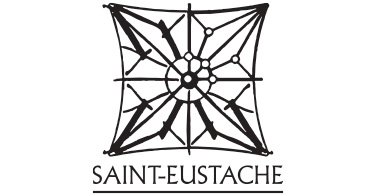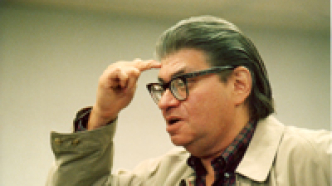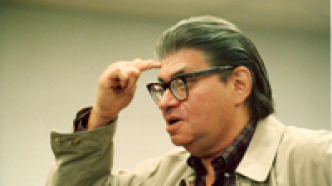Morton Feldman For Philip Guston
[Music]The friendship between American composer Morton Feldman (1926-1987) and painter Philip Guston came to a halt in 1970 when Guston chose to delve into figurative art, an aesthetic change that Feldman, an enthusiast of abstract art, would never be able to forgive. Upon the painter’s death two years later, Feldman understood the sheer freedom with which Guston was able to paint, saying, “he stopped questioning himself.” This became a leitmotiv throughout the remainder of his career, evidenced by his penchant for stretching time in his music. After completing his second String quartet (1983) which lasts five and a half hours, he composed the trio For Philip Guston (1984), of which the title shows the artistic debt Feldman owed the painter – a work that lasts for four hours. Feldman is known to have compared his patient musical style to the interwoven colours of a Persian rug – the Trio is a quintessential example of that very style.
The instrumentation is reminiscent of Why Patterns (1978) and Crippled Symetry (1983): the piano, celesta and percussion (vibraphone, glockenspiel, tubular bells) provide a harmonious backdrop for the smattering of notes from the flute to latch on to. Floating within the weightlessness of complex rhythmic structures, the ‘sound objects’ overlap and mimic each other through barely perceptible variations and alterations. Aware of the impact his art can have on the senses, Feldman draws out the very essence of every repeated chord, shaping and kneading melodies into multiple forms, as is the case for the four-note introduction at the very beginning of the work. According to Feldman, “sound must breath, it mustn’t be constrained by an idea”.
Informations :Nous vous rappelons que le placement est libre.Nous vous conseillons d’être chaudement vêtu malgré la mise à disposition de couvertures. Les portes de l’Eglise Saint-Eustache seront ouvertes à partir de 19h30 et l’accès se fera face au jardin, à l’angle avec la rue de Montmartre.



